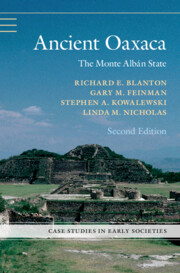The Late Nordic Iron Age (AD 550–1050) was characterised by significant change in political, military, judicial and religious structures across Scandinavia, most clearly manifested in the appearance of high-status ‘central places’ in the landscape. Recent ground-penetrating radar surveys at Gjellestad in Norway have revealed a site comprising several large burial mounds—one of which contains a ship burial—in addition to a possible cult house and a feasting hall. This combination of features suggests that Gjellestad was part of a hitherto unknown central place on the eastern shores of the Oslofjord. If correct, the authors’ interpretations demonstrate that the layouts of these sites were formulaic, and that central places may be more common than previously thought.


